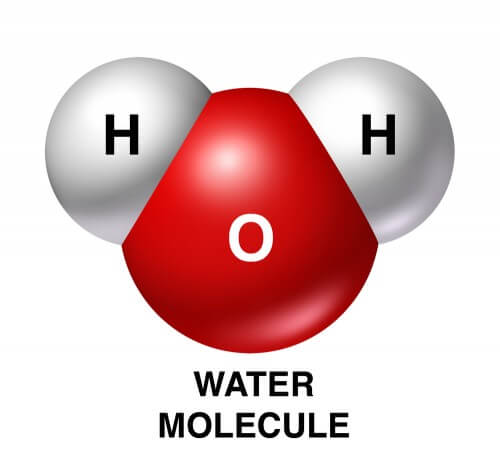Researchers from the University of Houston have developed a catalyst capable of rapidly producing hydrogen from water with the help of sunlight. The new discovery could help in the development of a clean and renewable energy source.

Researchers from the University of Houston have developed a catalyst capable of rapidly producing hydrogen from water with the help of sunlight. The new discovery could help in the development of a clean and renewable energy source.
The new research, recently published in the scientific journal Nature Nanotechnology, is based on the use of cobalt oxide nanoparticles capable of splitting a water molecule into its basic components, hydrogen and oxygen.
The lead author of the paper, who is a professor in the Department of Electrical and Computer Engineering at the University of Houston, Jiming Bao, said that in their research the scientists discovered a new photocatalyst and demonstrated the potential of the field of nanotechnology for the adjustment of material properties, although there is still more research to be completed.
The researcher points out that experiments in the field of water splitting with the help of photocatalysts have been conducted since the XNUMXs, but the new research is the first ever to use cobalt oxide and ordinary water exposed to visible light and is the first in which high energy conversion efficiency is obtained without using additional catalysts or other chemicals.
The researchers prepared the nanoparticles used in this study using two different methods (femtosecond laser ablation, mechanical ball milling) and despite several differences between them, the lead researcher notes that both methods work well. Also, the researchers made use of different types of light, from a laser beam to white light. The lead researcher claims that it is expected that the reaction will occur correctly even for natural sunlight.
As soon as the nanoparticles are added to the mixture and exposed to light, the water molecules split into hydrogen and oxygen in an instant. Although the experiment has the potential to be a source of renewable fuel, the efficiency rate of the reaction in terms of solar input to hydrogen output is only five percent, a rate that is still too low to be commercial. The main researcher explains that a proper efficiency rate will be at the level of 10 percent, that is, 10 percent of the solar energy reaching the mixture is converted in the process into chemical energy in the form of hydrogen. A number of issues still remain to be resolved, including reducing the costs and extending the lifetime of the cobalt oxide nanoparticles, which lose their effectiveness after about an hour of reaction. "The nanoparticles lose their effectiveness too quickly," said the lead researcher.

2 תגובות
Not that I want to stifle enthusiasm, but just because a study appears in Nature doesn't mean it's new, or innovative. In fact, the effectiveness of cobalt oxide has been known for many years and has been published numerous times... for example:
F. Jiao and H. Frei. Nanostructured Cobalt and Manganese Oxide Clusters as Efficient Water Oxidation Catalysts. Energy Environ. Sci. 3, 1018-1027 (2010).
This laboratory is one (not the only) of those that discovered them more than a decade ago.
The company is from China